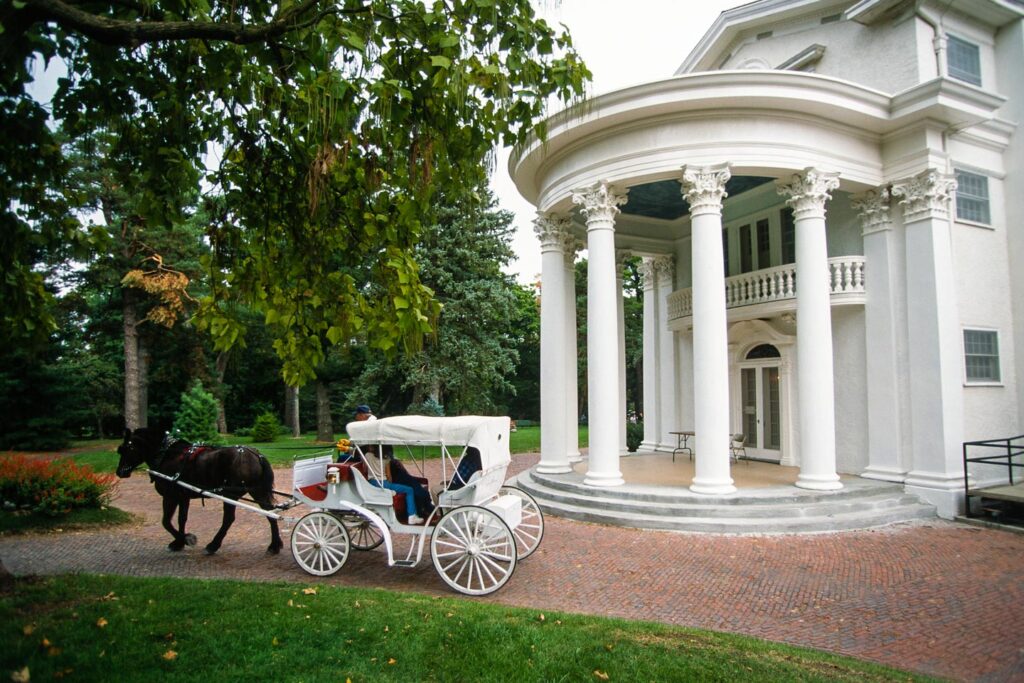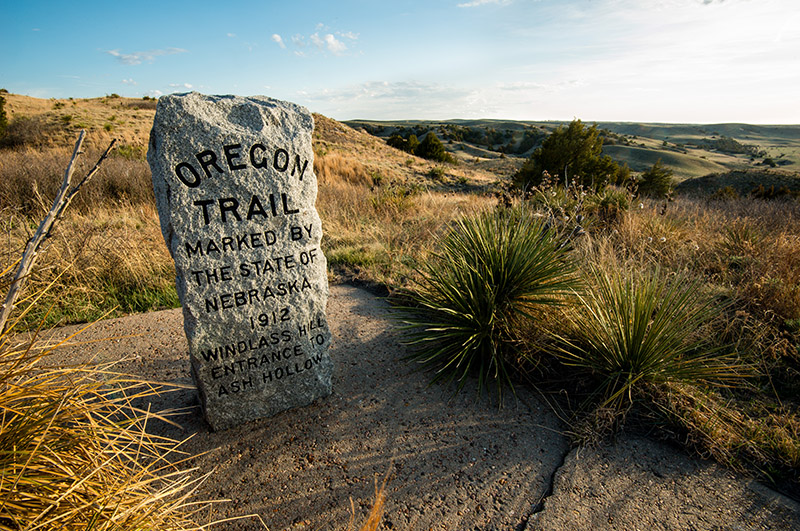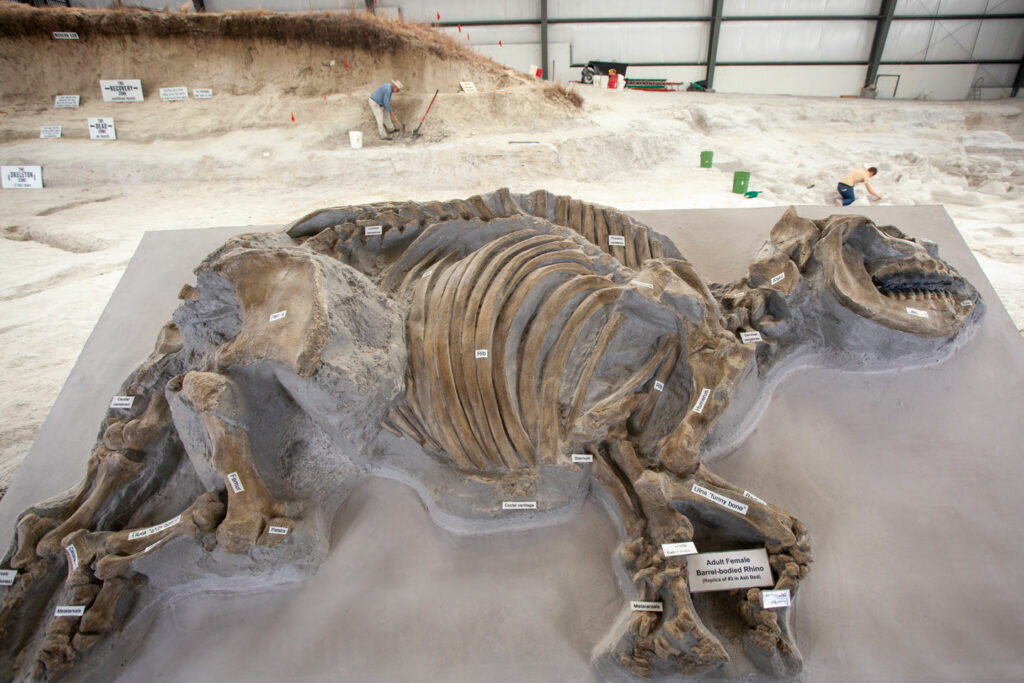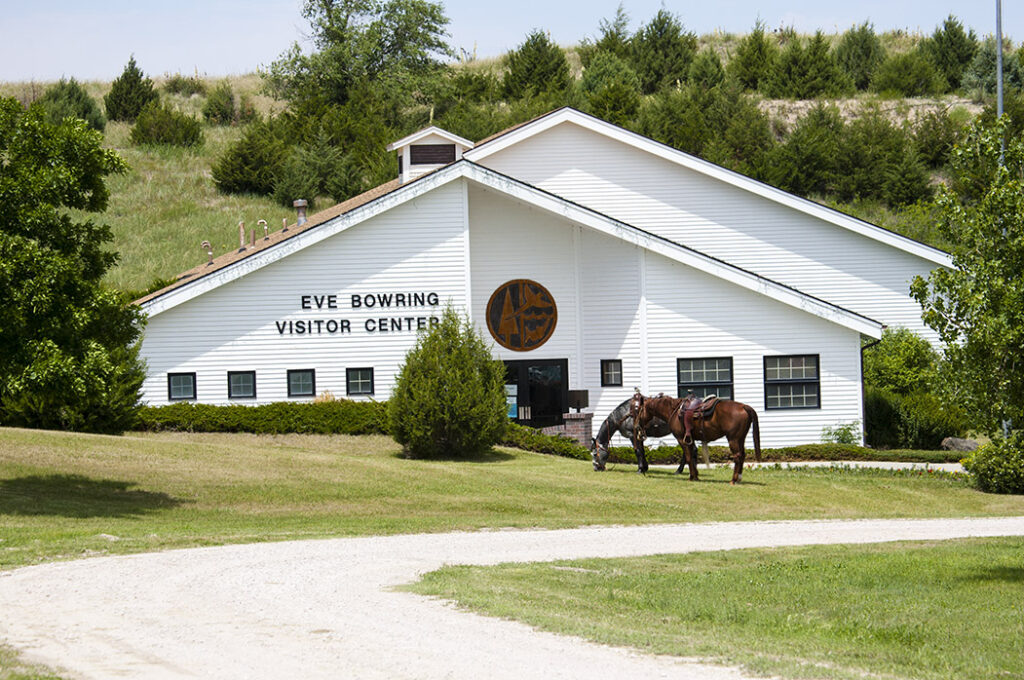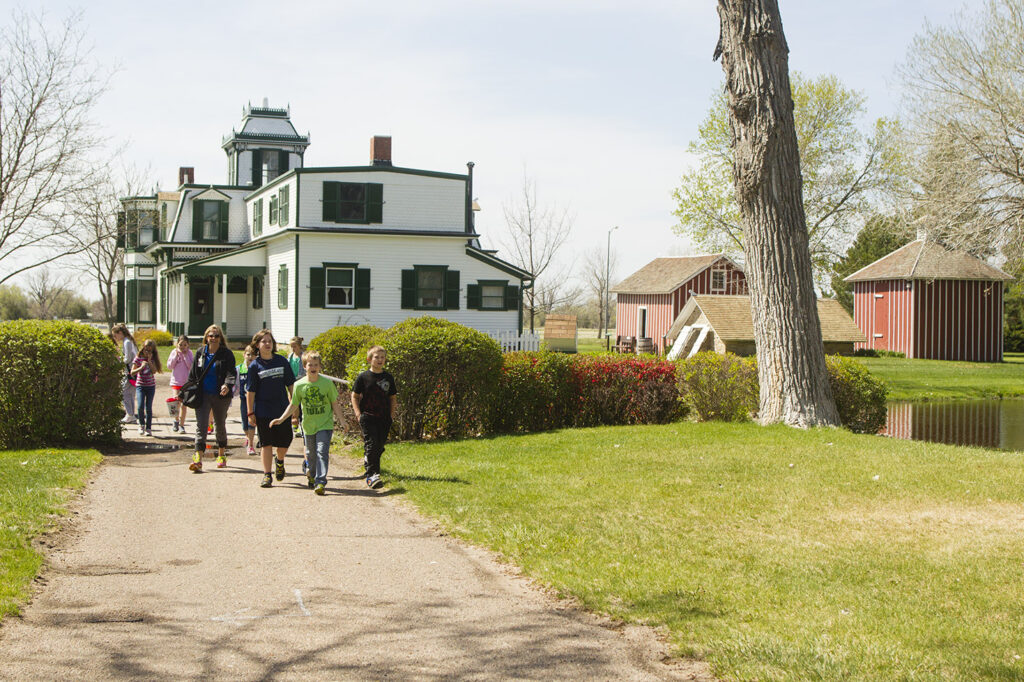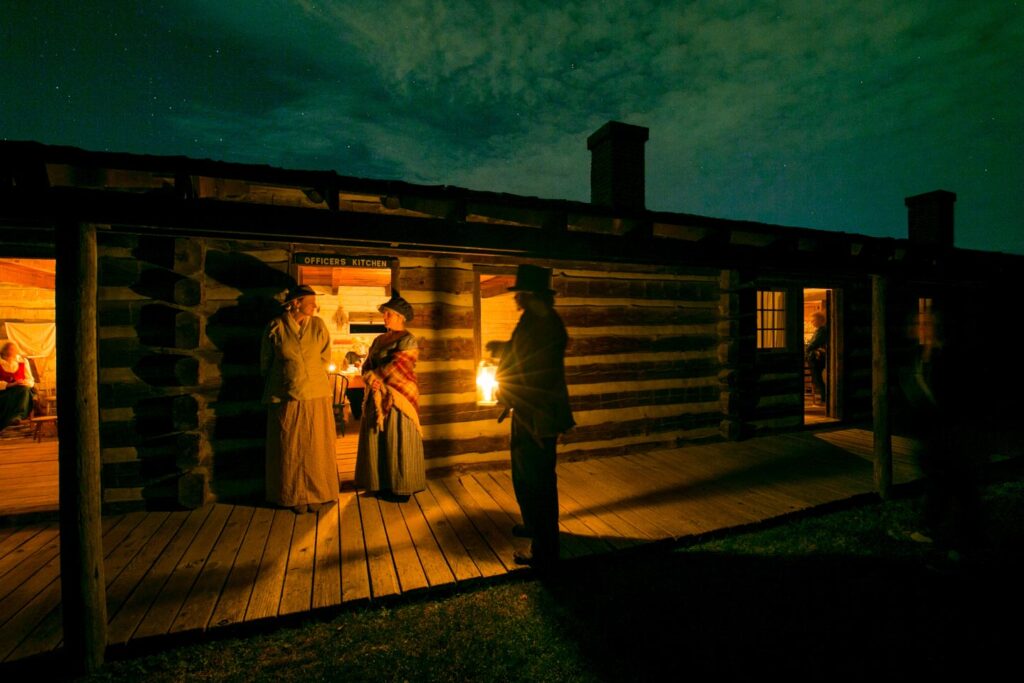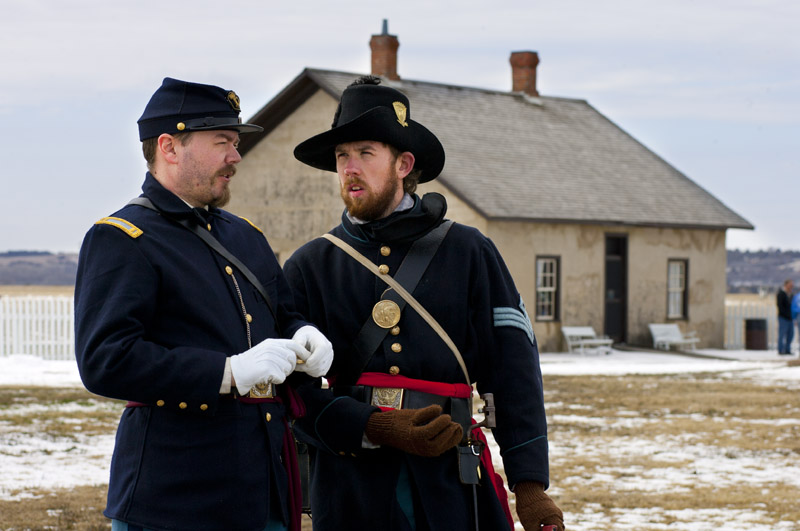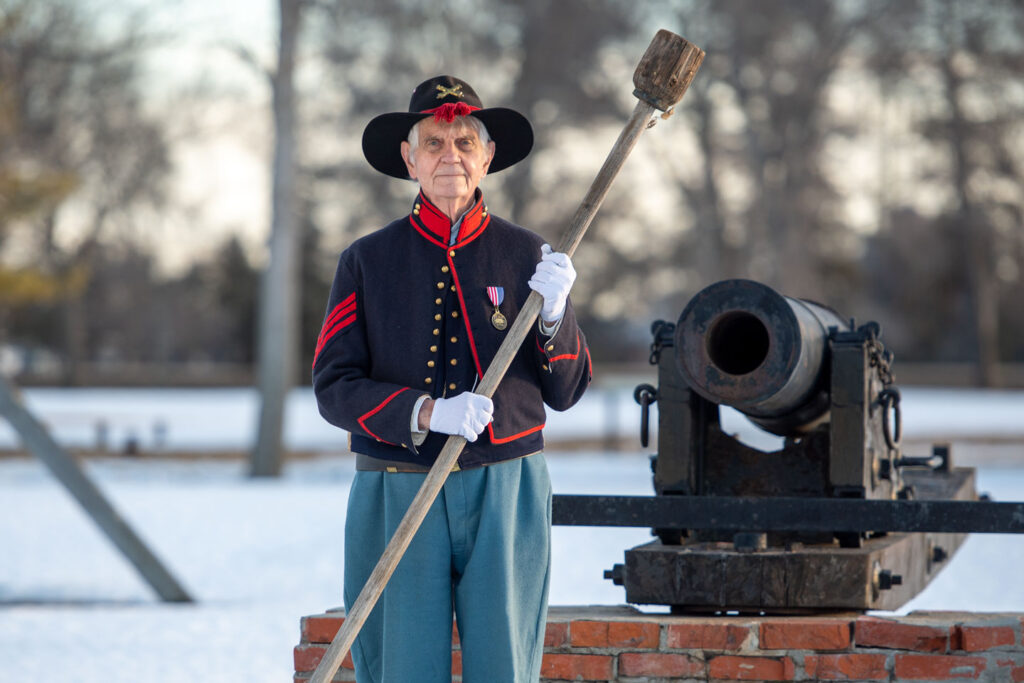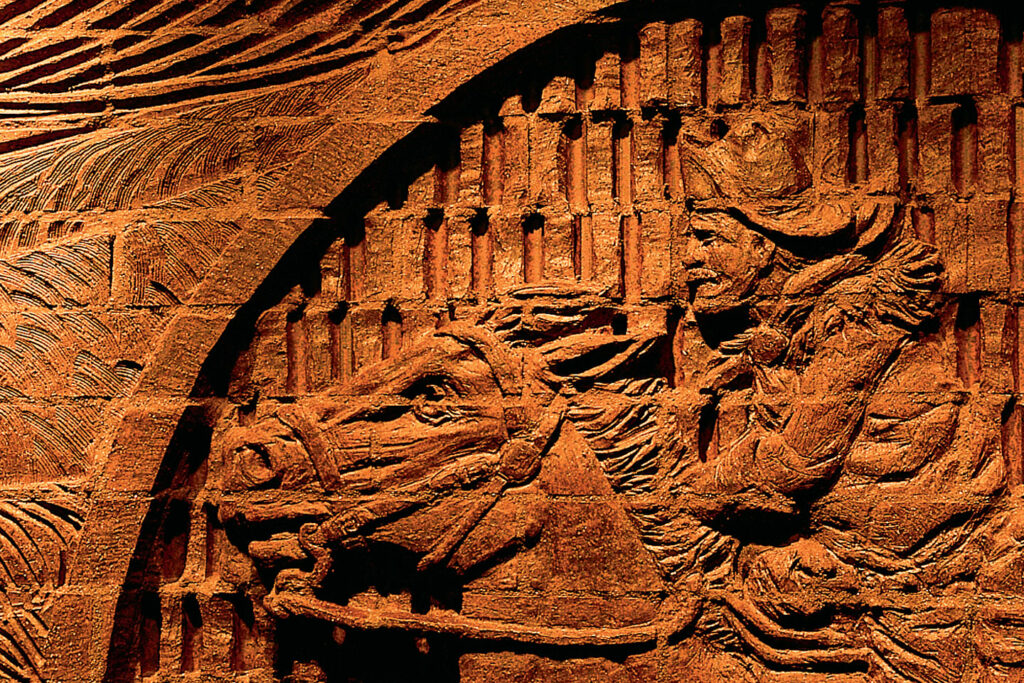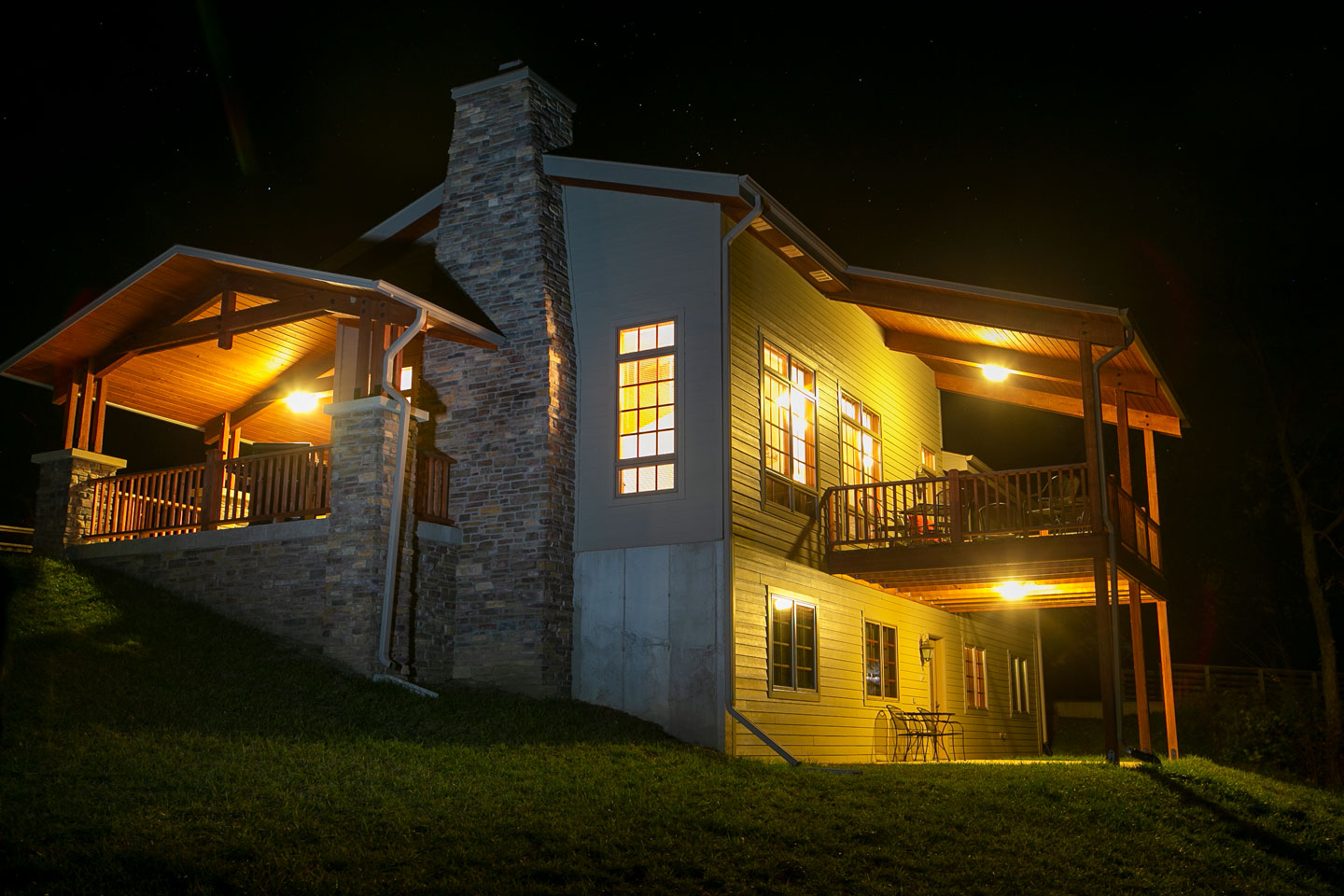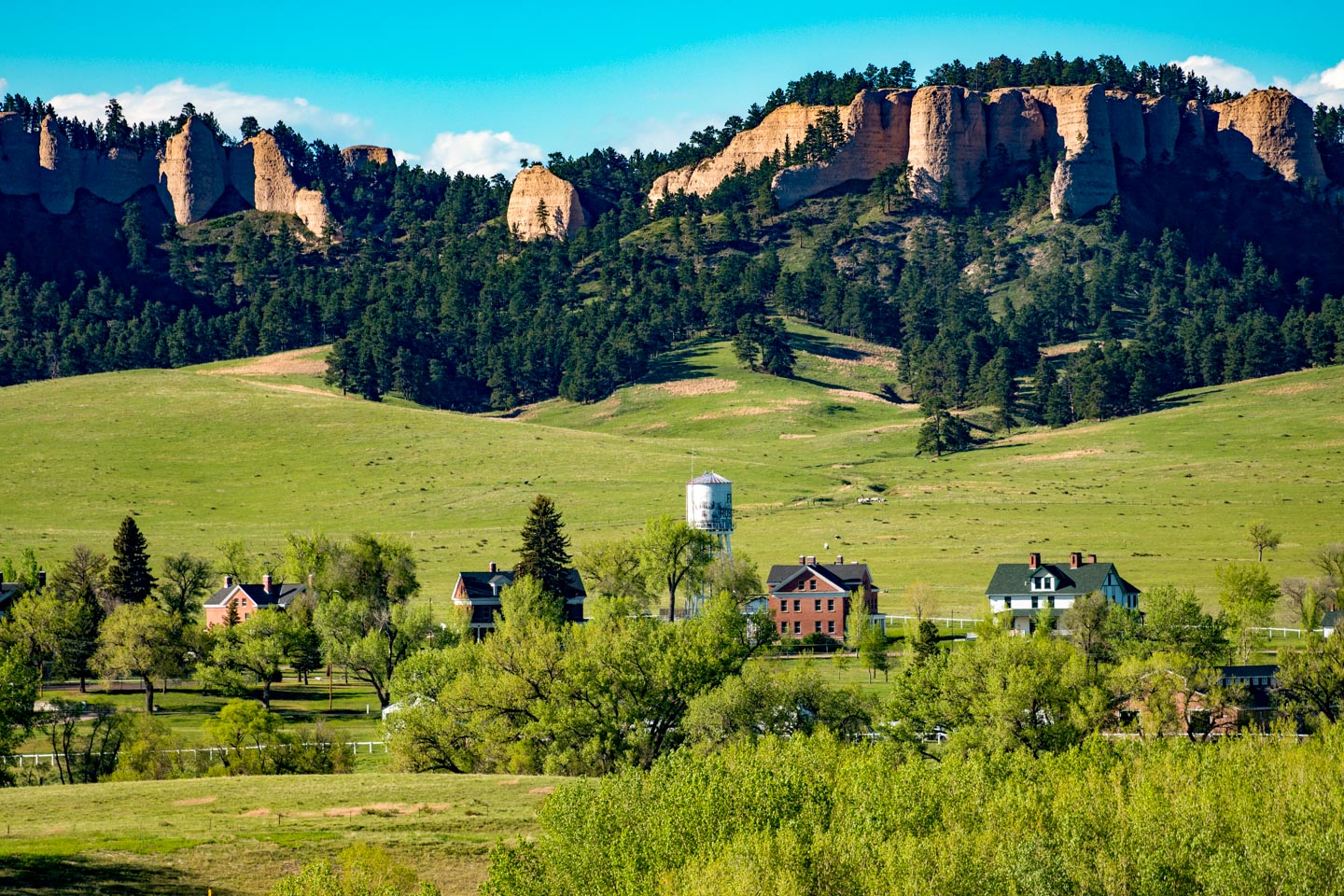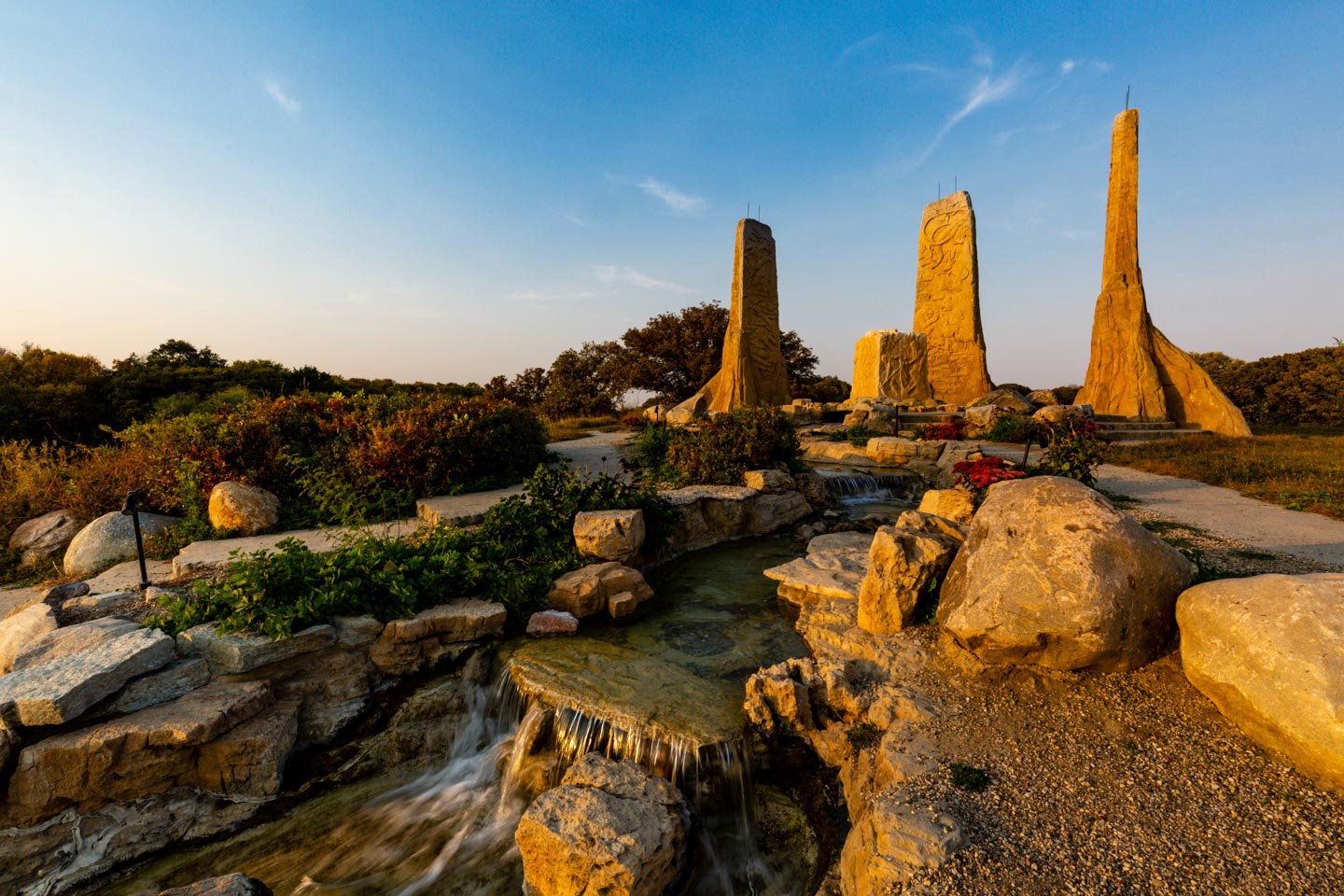Arbor Lodge State Historical Park
This beautiful estate in Nebraska City was home to J. Sterling Morton, founder of Arbor Day. From its beginning in 1855 as a four-room frame house, the magnificent mansion grew to 52 rooms through several remodelings. Authentic furnishings grace the rooms, and displays capture the life and times of this exceptional man.
Ash Hollow State Historical Park
Sweet spring water made Ash Hollow State Historical Park near Lewellen a major stopover on the Overland Trail and prompted prehistoric Indians to use it, too. Ruts etched by west-bound wagons are still visible on the bluffs. Today, the area’s beauty and sweeping vistas continue to make this area a popular destination for vacationers and travelers.
Ashfall Fossil Beds State Historical Park
Nearly 12 million years ago, volcanic ash engulfed this ancient watering hole, entombing innumerable animals. National Geographic has called it the Pompeii of prehistoric animals. Because of its scientific importance, the 360-acre historical park between Orchard and Royal was acquired in 1987 and is a joint project of the Game and Parks Commission and the University of Nebraska State Museum.
Bowring Ranch State Historical Park
Bowring Ranch near Merriman is a Hereford demonstration ranch, donated by former U.S. Senator Eve Bowring in memory of her husband. The ranch house displays fine antique china, crystal and silver, as well as memorabilia from their active public service careers. The Visitor Center interprets ranching, homesteading, geology, wildlife and many other areas related to the Sandhills and the Bowring family.
Buffalo Bill Ranch State Historical Park
Home of famed showman scout William F. “Buffalo Bill” Cody, Buffalo Bill Ranch State Historical Park at North Platte recaptures the life and career of the famed Pony Express rider, Army scout and buffalo hunter-turned-showman.
Fort Atkinson State Historical Park
One of the earliest U.S. military posts west of the Missouri River, Fort Atkinson was established in 1820 on recommendation of the Lewis and Clark Expedition. Located at Fort Calhoun, the fort was important to the early fur trade, river traffic and Indian relations. It was an active fort until 1827. Much of the historic outpost has been reconstructed, and interpretive work continues. Living history demonstrations are scheduled periodically during the summer.
Fort Hartsuff State Historical Park
Located near Elyria, Fort Hartsuff is typical of Plains infantry outposts. It stood as a buffer between settlers and Indians in the North Loup River valley from 1874-81. Its nine major buildings were built of concrete, which helped them withstand the passage of time. Acquired as a historical park in 1961, it has been restored as it was when soldiers patrolled the Loup and Cedar river valleys and pioneered a new trail to the Black Hills gold fields in the 1870s.
Fort Kearny State Historical Park
Built to protect Overland Trail travelers, Fort Kearny State Historical Park near Kearney was a stage station, home station for the Pony Express, outfitting depot for Indian campaigns and home of the Pawnee Scouts. The fort was established in 1848 and used until 1871. After it was abandoned as a fort, the buildings were torn down and the area was opened to homesteading. In 1928, the Fort Kearny Memorial Association was formed, and the group purchased the 40 acres where most of the fort had been located. The stockade, parade grounds and carpenter-blacksmith shop have been rebuilt.
Rock Creek Station State Historical Park
Rock Creek Station was a stage and Pony Express station established in 1857 that become notorious one fateful day in 1861. Today, rock Creek is a state historical park being encompassing 350 acres of prairie hilltops, timber-studded creek bottoms, and rugged ravines. Deep ruts, carved by the many wagons that traveled the Oregon and California trails remain plainly visible at this picturesque park. Rich history and beautiful scenery draw visitors from near and far.

